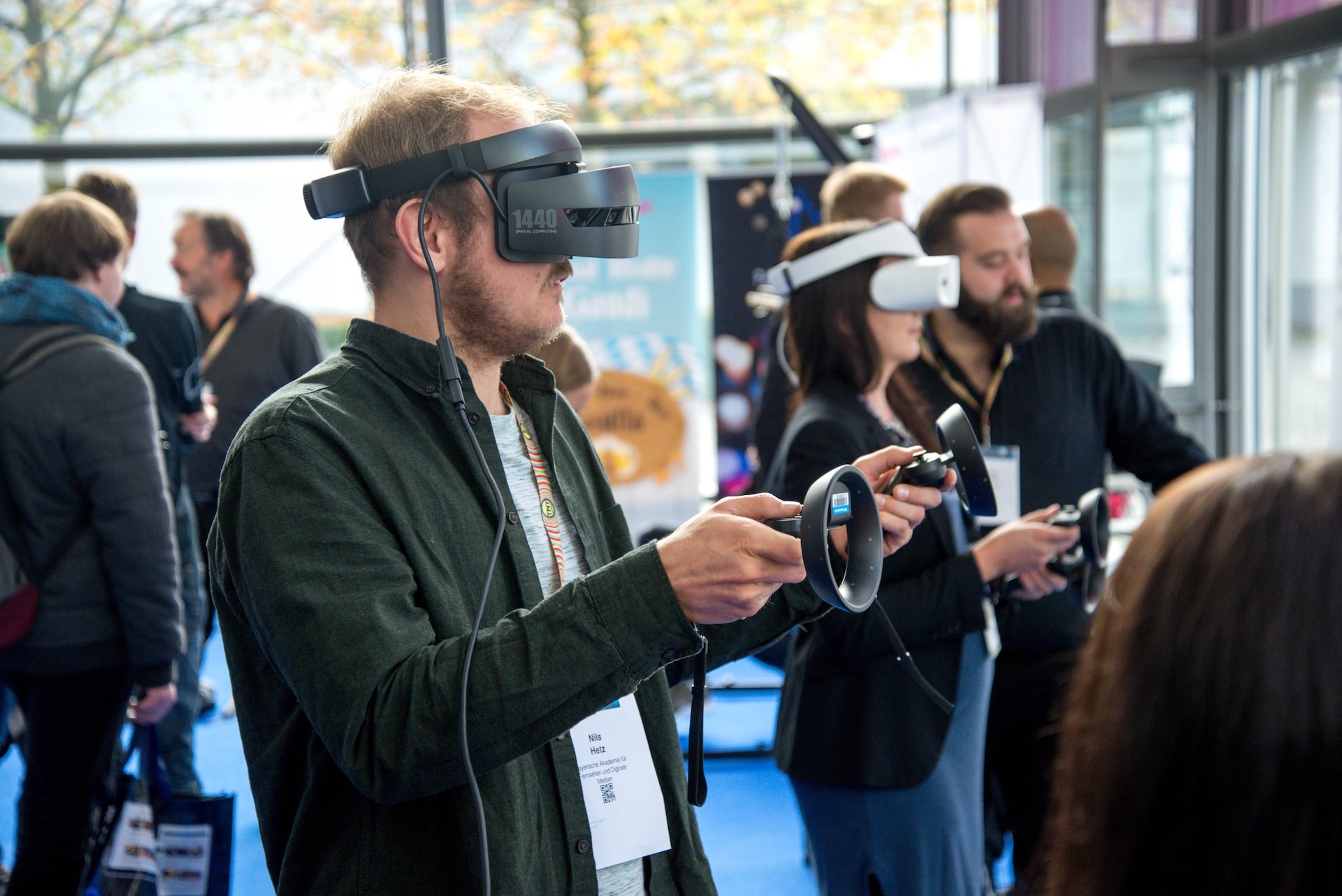Diving Deeper Into the Immersive Universe of Virtual Reality Gaming
Jul-20-2023

The concept of virtual reality (VR) has been around for decades, primarily in the realm of science fiction. However, the last few years have witnessed a substantial evolution in this domain, especially in the world of gaming. Virtual reality games transport players into immersive, three-dimensional worlds that they can interact with in a seemingly realistic way. These games are played using special VR headsets that track the player's head movements in three-dimensional space, providing a captivating and interactive experience.
Virtual reality gaming emerged in the early 1990s with the launch of devices like the Virtual Boy from Nintendo. However, due to technological limitations, these early attempts at VR gaming failed to gain mainstream acceptance.
The real breakthrough came in 2010 with the introduction of the Oculus Rift, a VR headset that provided a genuinely immersive and high-quality VR experience. The success of Oculus Rift sparked a revolution in the gaming industry, leading to the development of a wide range of VR games and devices.
2. Exploring the Immersive Worlds of VR Games

The primary allure of VR games lies in their ability to create highly immersive gaming environments. Players can experience games from a first-person perspective, exploring three-dimensional worlds as if they were physically present in them. This level of immersion is achieved through a combination of high-quality graphics, spatial audio, and interactive game elements that respond to the player's movements.
Many VR games even incorporate physical controllers that mimic the player's hand movements, allowing them to interact with the game world in a tactile way. Some games also utilize haptic feedback technology, which provides physical sensations that enhance the sense of immersion. From swinging a sword in a fantasy RPG to piloting a spaceship in a sci-fi adventure, VR games offer a range of experiences that traditional video games cannot match.
3. The Evolution and Diversity of VR Games
VR gaming has come a long way since its inception, with games becoming increasingly sophisticated and diverse. Early VR games were mostly simple arcade-style experiences designed to showcase the technology's capabilities. However, as the technology matured, developers began creating more complex and engaging games.
Today, there is a wide range of VR games available, spanning various genres and styles. You can play everything from immersive horror games that place you in terrifying scenarios to peaceful puzzle games that transport you to serene, otherworldly landscapes. There are also VR adaptations of popular traditional games, allowing players to experience familiar titles from a new perspective. This diverse selection ensures that there is a VR game for every type of player.
4. The Future of VR Gaming

While VR gaming has made considerable strides in recent years, the technology is still in its infancy and has enormous potential for growth. Future developments in VR technology could bring about even more immersive and realistic gaming experiences.
Advancements in haptic feedback technology could enable players to feel a wider range of physical sensations, from the recoil of a gun to the texture of virtual objects. Improvements in visual and audio technology could also lead to more realistic and immersive game environments. Furthermore, the integration of VR with other emerging technologies, such as AI and machine learning, could lead to more dynamic and responsive game worlds.
5. Conclusion
In conclusion, the world of VR gaming is a fascinating realm that offers uniquely immersive experiences. It has evolved considerably since its early days and now provides a wide range of games for all tastes. With continued technological advancements, VR gaming is set to become even more immersive and realistic, offering exciting possibilities for the future of gaming.







